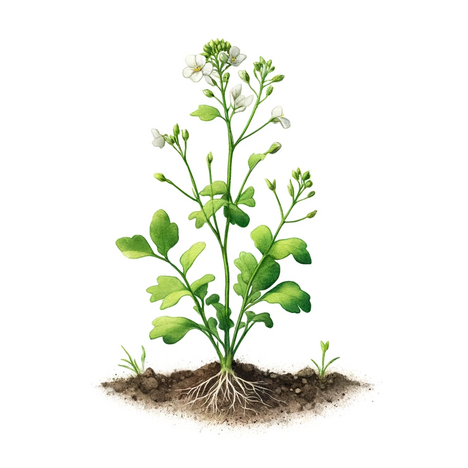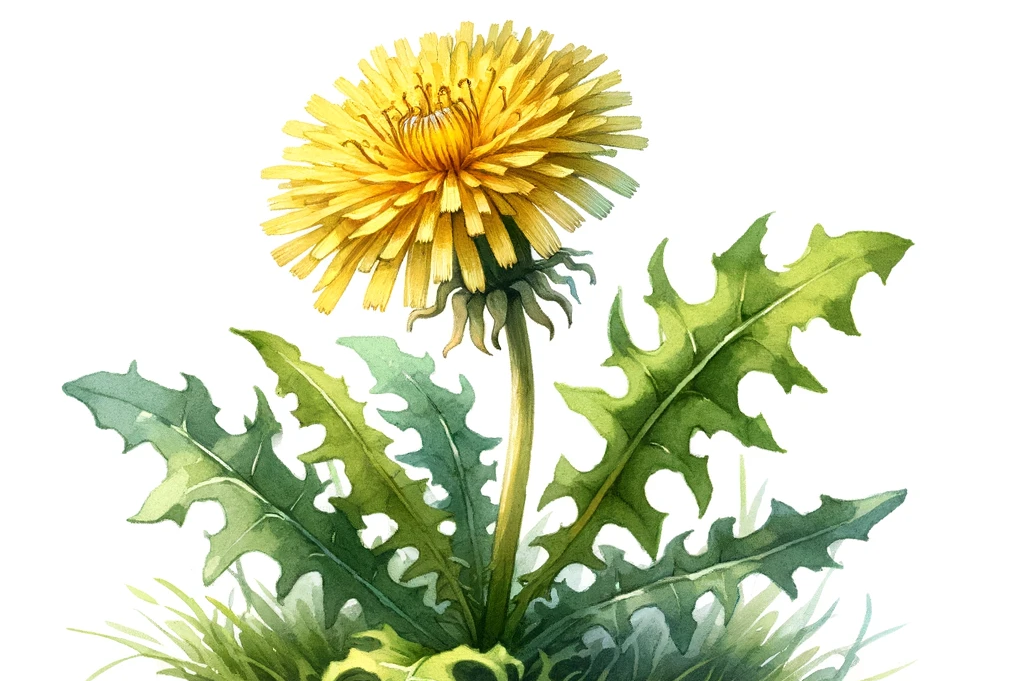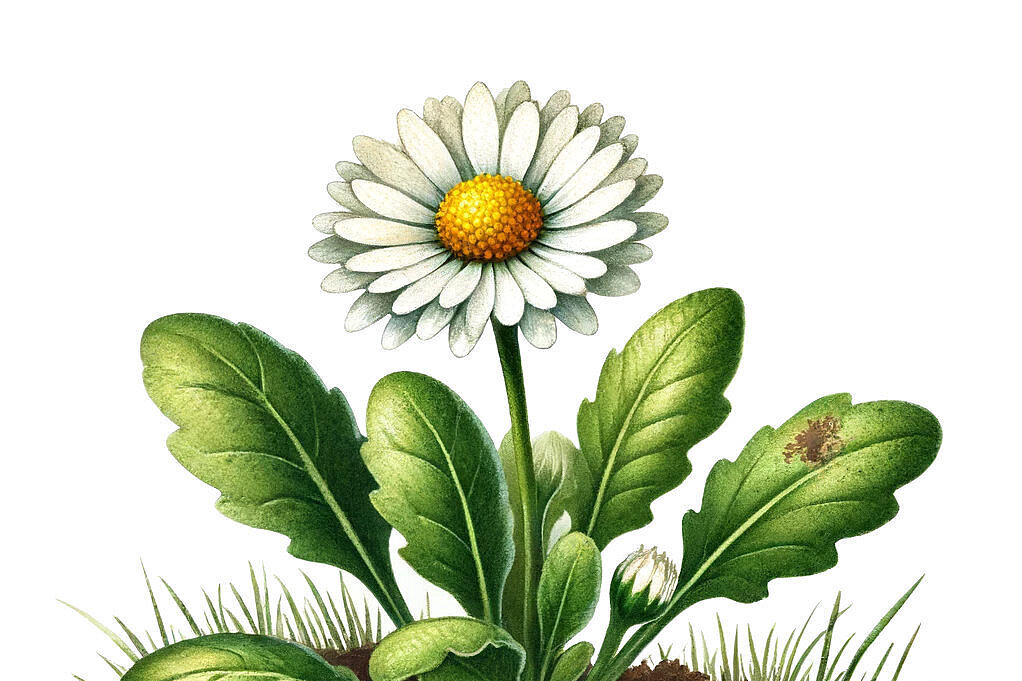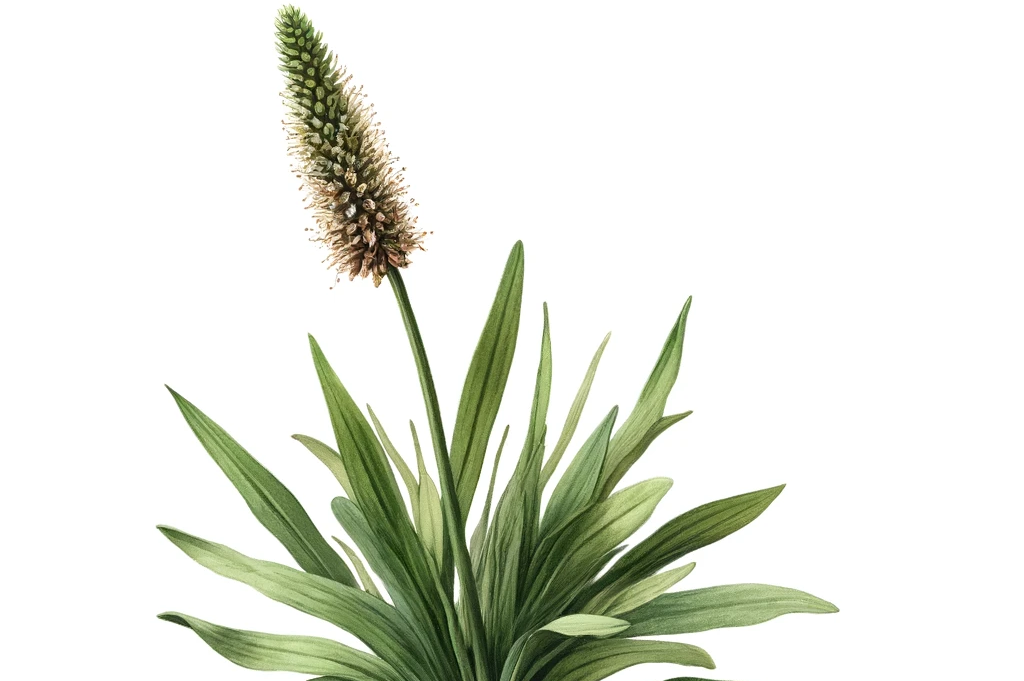Arabidopsis thaliana

What is thale cress?
Thale cress, also known as Arabidopsis thaliana, is a small but robust plant that occurs naturally in many parts of the world. It belongs to the cruciferous family and is particularly popular with botanists and geneticists as it is often used as a model organism in plant research. But what makes this inconspicuous plant worth considering for your dog's diet?
Benefits of thale cress
Rich in nutrients
Thale cress is rich in various nutrients that can be important for your dog's health. These include vitamins, minerals and trace elements that support healthy skin, a shiny coat and optimal bone health.
Natural antioxidants
Antioxidants play an important role in neutralizing free radicals that can cause cell damage. Thale cress contains natural antioxidants that can help reduce the risk of inflammation and certain diseases.
Support for digestion
The fibers in thale cress can aid digestion and help maintain a healthy intestinal tract. This is especially important for dogs that are prone to digestive problems.
Possible disadvantages
Allergic reactions
As with any new ingredient, there is a risk that some dogs may have an allergic reaction to thale cress. Symptoms of an allergic reaction can include skin rashes, itching or digestive problems.
Overfeeding
Overfeeding thale cress can cause digestive upset, especially if your dog is not adapted to fiber intake. It is important to introduce each new ingredient into the diet gradually.
Thale cress offers an interesting addition to your dog's diet, provided it is used correctly. Given its nutrient density and potential health benefits, it can be a valuable ingredient in your dog's diet. However, it is crucial to handle the introduction of new foods with care and monitor your dog's reaction carefully.
Properties 7
Are you looking for other ingredients with a specific property?
Just click on them to find more.
If you notice any signs of hypersensitivity or poisoning in your dog, you should see your vet immediately. We are not a substitute for a vet, but we try to be as accurate as possible. Every dog reacts differently and we recommend you get a second opinion or consult your vet if in doubt.
Stay healthy and take good care of your four-legged friend!😊
Similar to Arabidopsis thaliana
Dandelion is a perennial herbaceous plant from the composite family. It has a long taproot that reaches up to one meter deep into the ground. All parts of the plant contain a white, milky sap that...
Stinging nettles are herbaceous plants from the nettle family. They grow in Europe, Asia and North America and prefer moist, nutrient-rich locations. The best-known species are the common nettle...
The daisy (Bellis perennis) belongs to the daisy family and is a perennial plant that is common in Europe, Asia and North America. It has a short stem with a rosette of spatulate leaves and a flower...
Ribwort plantain (Plantago lanceolata) belongs to the plantain family and is native to Europe, Asia and North Africa. It grows mainly on nutrient-rich soils and is very adaptable. Ribwort plantain...



